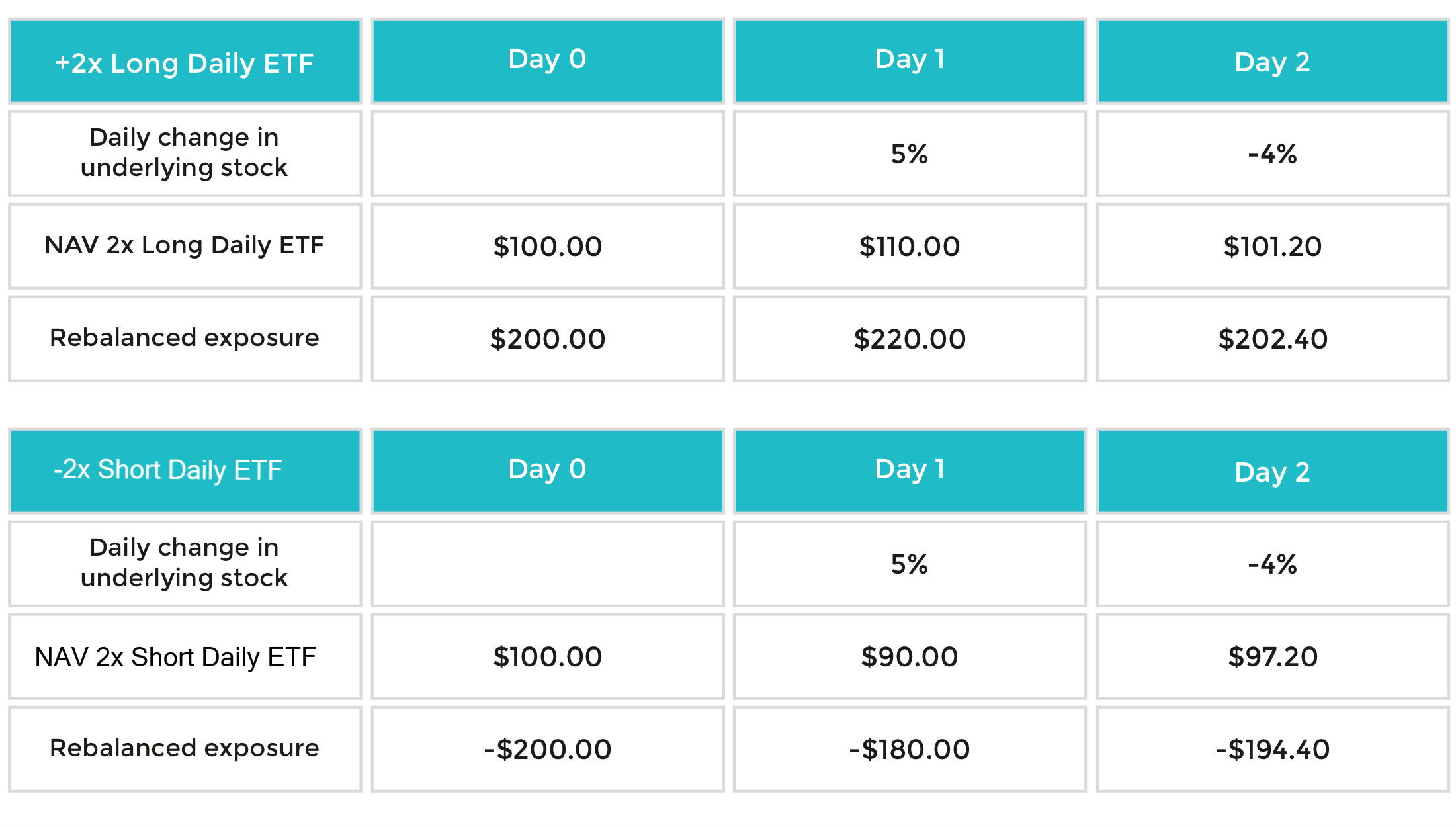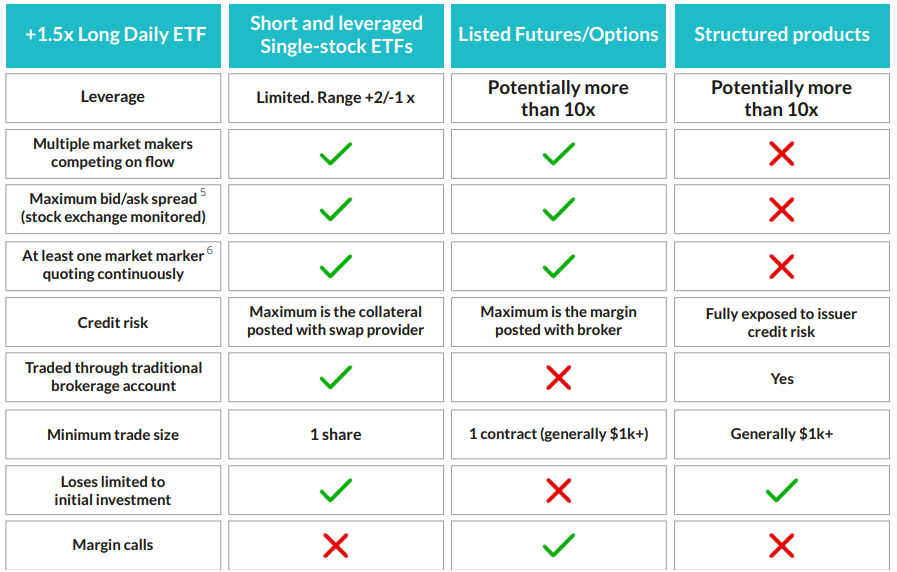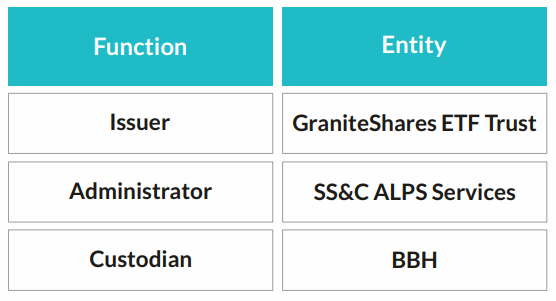
FAQs
12-Month Trailing Yield: The distribution yield an investor would have received if they had held the fund over the last twelve months, assuming the most recent NAV. The 12-month Trailing Yield is calculated by summing any income, capital gains and return of capital distributions over the past twelve months and dividing by the sum of the most recent NAV and any capital distributions made over the same period.
30-Day Sec Yield: A standard yield calculation developed by the Securities and Exchange Commission that allows for fairer comparisons among bond funds. It is based on the most recent month end. This figure reflects the interest earned during the period after deducting the Fund’s expenses for the period.
Business Development Companies ("BDCs"): A business development company is an organization that invests in small- and medium-sized companies as well as distressed companies. A BDC helps the small- and medium-sized firms grow in the initial stages of their development. With distressed businesses, the BDC helps the companies regain sound financial footing.
Closed-end Funds ("CEFs"): A closed-end fund is a portfolio of pooled assets that raises a fixed amount of capital through an initial public offering (IPO) and then lists shares for trade on a stock exchange.
Distribution Yield: Is the annual yield an investor would receive if the most recent distribution remained the same going forward. The yield represents a single distribution from the fund and does not represent total return to the fund. The distribution yield is calculated by annualizing the most recent distribution and dividing it by the most recent NAV.
Gold Benchmark - LBMA Gold Price PM. ICE Benchmark Administration (IBA) is the administrator for the LBMA Gold Price
Market Price: The current price at which shares are bought and sold. Market returns are based upon the last trade price.
Master Limited Partnerships (“MLPs”): Master limited partnerships are a business venture that exists in the form of a publicly traded limited partnership. They combine the tax benefits of a private partnership—profits are taxed only when investors receive distributions—with the liquidity of a publicly-traded company (PTP).
NAV: The dollar value of a single share, based on the value of the underlying assets of the fund minus its liabilities, divided by the number of shares outstanding. Calculated at the end of each business day.
Real Estate Investment Trusts ("REIT’s"): A real estate investment trust is a company that owns, operates, or finances income-generating real estate. Modeled after mutual funds, REITs pool the capital of numerous investors. This makes it possible for individual investors to earn dividends from real estate investments—without having to buy, manage, or finance any properties themselves.
Definitions
- Short refers to a “Short Position” where investor seeks to profit from a fall in a company stock price.
- Leverage refers to a “Leveraged Position” where investor seeks to magnify exposure to a rise or fall in a company stock price.
- Long refers to a “Long Position” where the investor seeks to profit from a rise in a company stock price.
- Margin Call: A demand by a broker that an investor deposit further cash or securities to cover possible losses.
- Bid/Ask Spread: The term "bid and ask" (also known as "bid and offer") refers to a two-way price quotation that indicates the best potential price at which a security can be sold and bought at a given point in time.
- Marker Maker: A dealer in securities or ETFs who undertakes to buy or sell at specified prices at all times.
- Derivatives: The term derivative refers to a type of financial contract whose value is dependent on an underlying asset, group of assets, or benchmark. A derivative is set between two or more parties that can trade on an exchange or over-the-counter (OTC)






